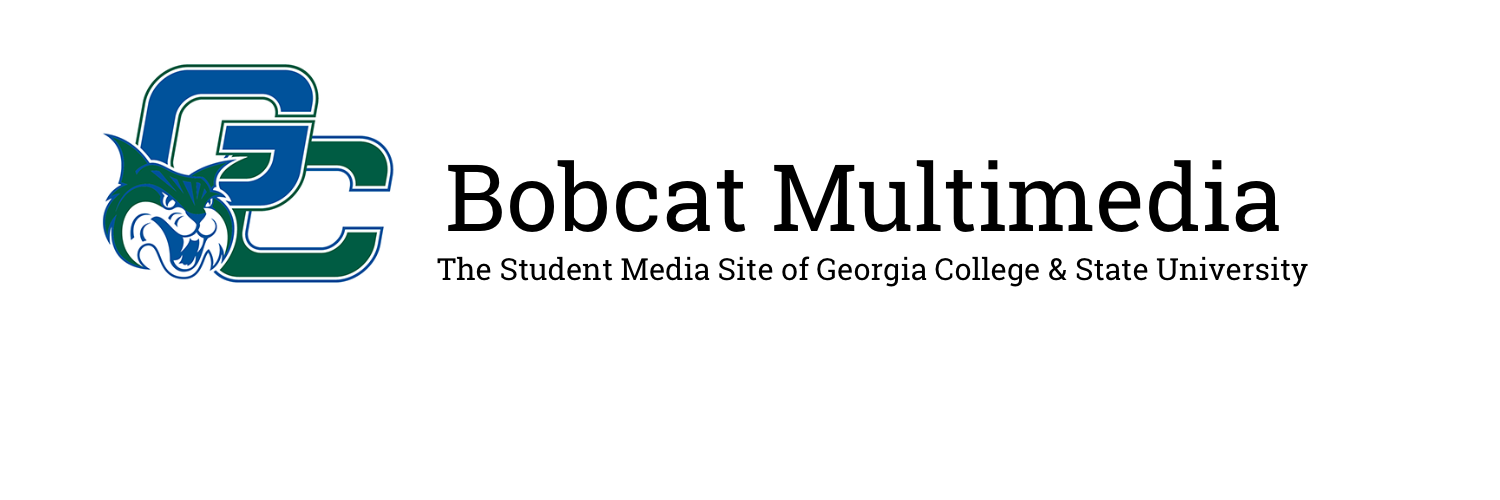This past month, we have had two celebrities rise in fame more than ever, with two commonalities they share: an underwear campaign and internet buzz that has put them at the top of everyone’s minds.
From Bad Bunny’s Calvin Klein commercial that caused an uproar of female approval, to Robert Irwin’s shocking Bonds campaign that had us gasping for air by the dangerous animals he held or even just seeing him in a new light — these campaigns shocked the nation.
The keyword both campaigns use is “shock.” I believe that shock advertising is a type of advertising that violates social norms to provoke a reaction from its consumer, which is exactly what happened in Bad Bunny and Irwin’s respective campaigns.
In Bad Bunny’s campaign, reggaeton music played in the background, where at the forefront was Bad Bunny, literally in “his Calvin’s.” This is a play on Calvin Klein’s iconic phrase “wearing my Calvin’s,” while keeping the celebrity’s authenticity with music playing in the background similar to what he makes.
As for Irwin, his Bond’s campaign not only surprised the world with the world’s heartthrob stripped to his underwear, but his iconic creative choice to shoot with dangerous animals like a snake and a tarantula. This not only shows a more mature side to him, but also an ode to his father, Steve Irwin.
“I have seen the Robert Irwin Bonds Ad,” said Jorja Mackenzie, a sophomore mass communication major. “I have been a fan of the Irwin family my whole life, so it was quite a shock at first. However, it’s brought attention to them and their conservation mission, which can be a big positive.”
The formula works. Brands tap into the power of surprise, amplify it through celebrity identity, and watch the engagement and sales roll in.
However, are these celebrities bigger than the brand?
“Being a marketing major, I think Bonds was clever to bring in Robert Irwin for the advertisement because we are only used to him being in an innocent light with animals and when the ad came out it shocked people because we have never seen him in that aspect,” said Jacy Singleton, a freshman marketing major. “I think that the celebrity got more attention than the
brand. Old smoker commercials where they would show people with throat cancer and things like that.”
That sentiment is echoed across social media. Viewers marveled more at Irwin’s transformation and Bad Bunny’s boldness than at the actual underwear they were promoting. It flips the script on traditional advertising, where the product used to be the focal point and the celebrity merely an accessory.
This evolution reflects a broader trend in modern branding. As social media blurs the line between influence and commerce, people aren’t just buying products — they’re buying personas. Celebrities like Bad Bunny and Irwin offer more than visual appeal; they bring identity, story and emotion.
In that sense, the shock factor isn’t a distraction, it’s a strategy. Capturing attention is the first hurdle. Holding it and converting it into loyalty is the real win.
This shift raises questions about branding in the influencer era. When the face of the ad powers over the brand, who wins? Bonds and Calvin Klein see a sales boost, but what happens when people remember the celebrity and forget the product?
It’s a delicate balance. Use too bland a figure, and no one pays attention. Use someone too famous, and the brand fades into the background.
Although maybe that’s the point. In the current landscape, fame and image carry more weight than logos. People buy into personalities more than products.
In the end, both campaigns nailed their goal: they shocked people, sparked conversations and boosted visibility. But they also signaled a shift in how brands must operate. In 2025, it’s not just about being seen, it’s about being unforgettable.
Sometimes, all it takes is a pair of underwear and the right celebrity to make an impact.

